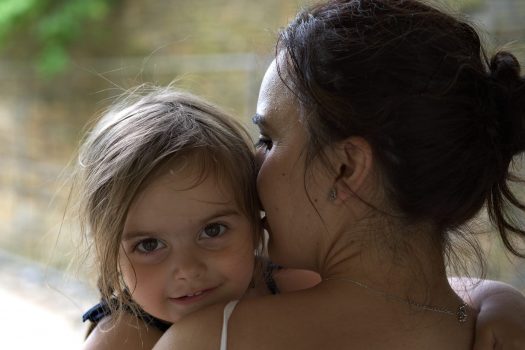By Juliann Woods, PhD, SLP-CCC & Mollie Romano, PhD, SLP-CCC
As our final blog we want to leave you with a summary of key concepts to build communication and language as you interact with caregivers and their young children, within their daily routines. We believe that the implementation of the following key practices will facilitate successful interactions:
- The caregiver incorporates developmentally appropriate communication and actions. Interactions between the caregiver and child are more successful for teaching and learning when they closely reflect the child’s current developmental level, for this enables the child to participate meaningfully. The caregivers’ challenge is to “up the ante” by introducing a moderate change that will increase the child’s use of the skill either qualitatively (e.g., how?) or quantitatively (e.g., how often?).
- Children learn most efficiently when they are actively engaged. Young children (and probably most older ones too!) need to be involved in the teaching and learning process. The adage of the child as “an empty vessel waiting to be filled with knowledge” portrays the child as passive throughout the process. Quite to the contrary, children learn by doing. They look, touch, taste, climb, tell, throw, poke, and smell. Encouraging children’s active participation increases learning and helps them use their language in the process.
- A caregiver’s attention provides a reason for interaction. Attention from a caring adult can provide both the interest to interact and reinforcement for trying. Children, as well as adults, seek to communicate or participate in activities with others who are approachable, responsive, attentive, and fun! Caregivers who plan to embed intervention into daily routines should appreciate the power they have with children. Caregivers can be a child’s favorite toy and best reinforcement!
- Following the child’s lead enhances attention. Using the child’s interests promotes joint attention. The caregiver focuses where the child is engaged and in doing so, accomplishes the first step of a successful interaction. Participation initiated by the child often results in longer attention to an activity, increased opportunities to practice skills, and decreased need for external reinforcement. However, to be effective, the environment or routine must be arranged to attract the interests of the child.
- Positive expectation increases communication. If a caregiver expects a child to interact and communicate, the child is very likely to do so! In the same manner, if participation is not expected or planned for, then it is also very likely that a child will fulfill that expectation and not participate. A caregiver should approach each opportunity positively, expecting a child’s interest and interactions. When positive expectations are combined with the other principles described in this blog, the child will, in turn, reinforce the adult with attention and interaction.
- Introduce new skills in familiar routines and use new routines to support the generalization of skills. Familiar and predictable routines support children’s learning new skills, as children can focus their attention on the new skill rather than dividing their attention between the activity, the environment, and the skill. Once a skill is learned, the child can practice it successfully in a variety of new routines because it is familiar and predictable.
This post was edited by Robyn DiPietro-Wells, Ed.M. & Michaelene Ostrosky, Ph.D.















